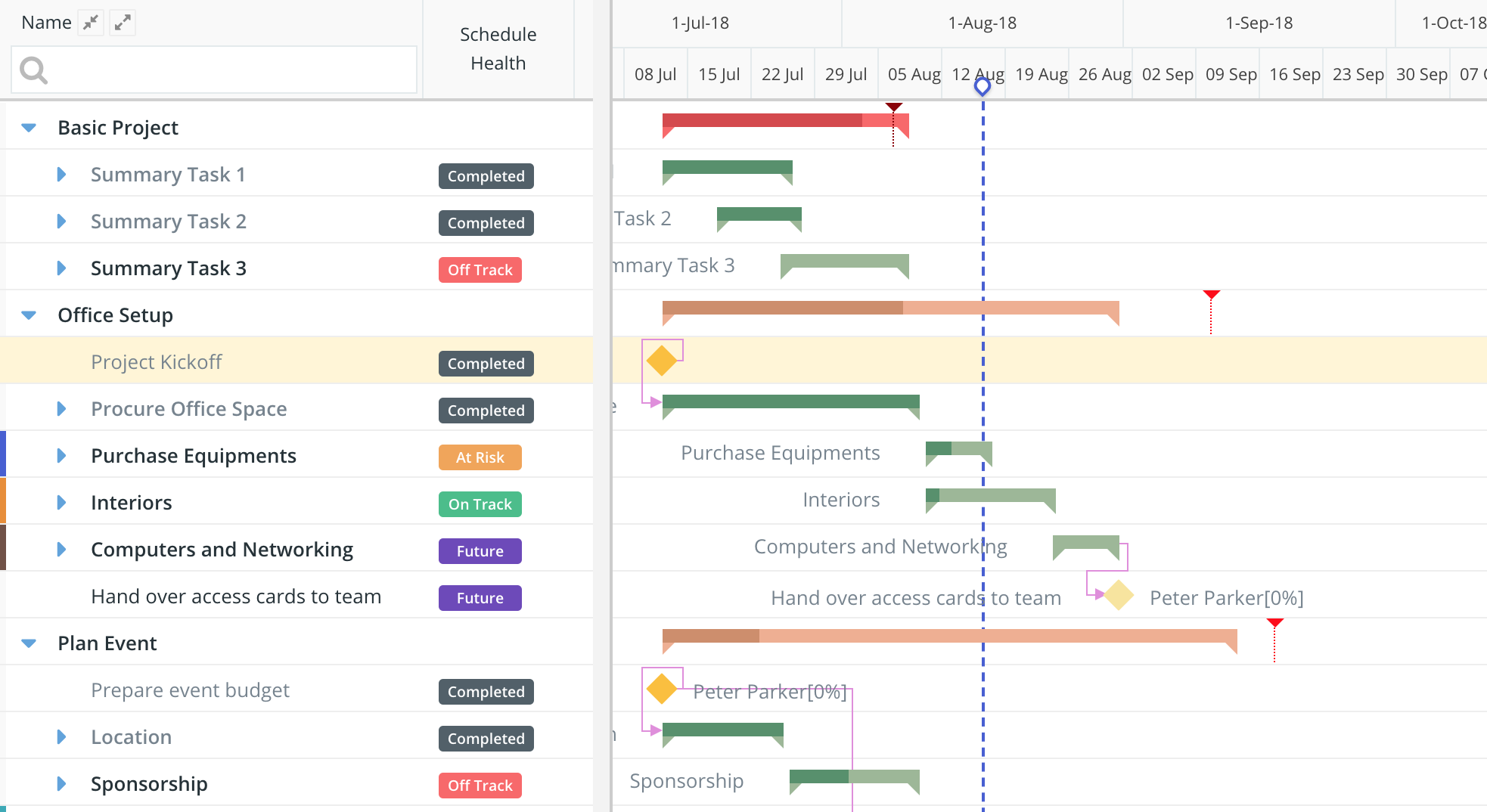

In Table 5-1 above, the top-level Task #4 is a summary task as are Task #s 4.1, 4.2, 4.3, and 4.4. Some important terminology is important to understand how a WBS is created:Ī summary task is any task in a WBS that has subtasks below it. Institute QC and QA process in database development and maintenance work. Redefine Geodatabase/Feature Class organization.Įstablish attribute schemas for Feature Classes.ĭefine/revise basic geographic parameters.ĭefine and set up logical and connectivity rules.Ĭarry out initial population of metadatabases.ĭefine/document GIS data quality standards. Refinement of GIS Database Design and RulesĮvaluate current GIS data organization and define. Revise street name/address filed from street name. GIS DATABASE DESIGN, PREPARATION, AND DEVELOPMENTĮstablish and document data format standards for address and parcel fields.Ĭlean up address, parcel, and zoning fields in database.Ĭlean up address, parcel, and zoning feature boundaries. Table 5-1: Example of WBS (portion of a GIS project plan) Task # This includes a top-level Task #4 with a WBS task hierarchy 3-levels deep with subtasks and sub-subtasks. Table 5-1 below shows a WBS task hierarchy for a portion of a project involving GIS database design and development. The WBS presents project tasks in a hierarchy, with major (top-level) level tasks and subtasks. The same can be said about a project-clearly stating objectives and defining an approach for project work gets much of the way toward a successful project. John Dewey (of the Dewey Decimal System) said, "a problem well-stated is half-solved". The WBS is the "meat" of the plan because it describes the work required to meet project objectives. The WBS focuses on the work activities, completion of defined deliverables, and the timing of tasks (taking into account all factors and constraints that impact the start and end dates of tasks). A work breakdown structure (WBS) organizes project work into manageable tasks which are necessary to carry out and complete the project.


 0 kommentar(er)
0 kommentar(er)
